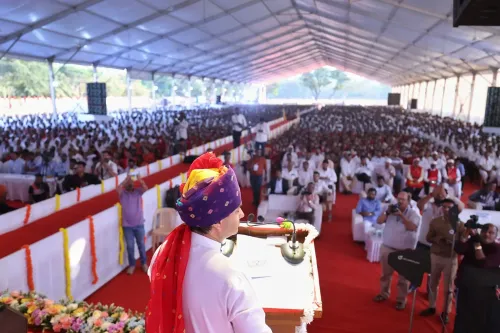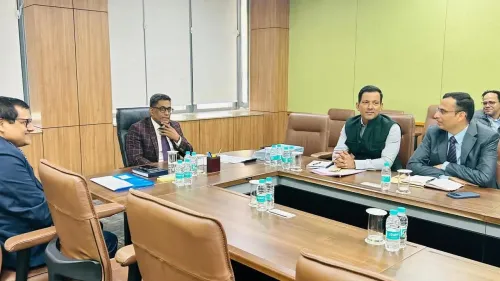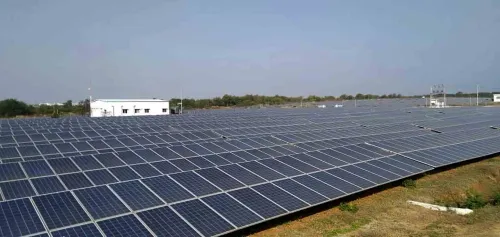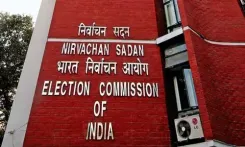Why Did RBI Withdraw Rs 1 Lakh Crore from the Banking System?
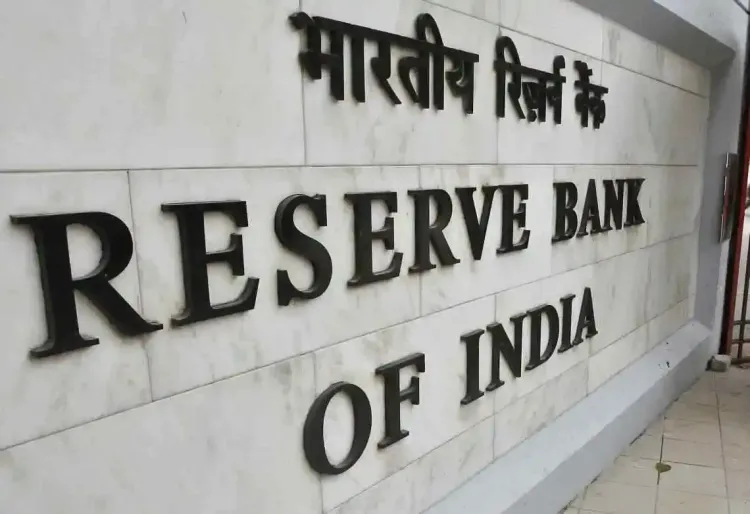
Synopsis
Key Takeaways
- RBI withdrew Rs 1,00,010 crore from the banking system.
- The move aims to address excess liquidity in the market.
- Short-term interest rates may rise as a result.
- Updated guidelines on loan pre-payment charges will take effect in 2026.
- The RBI's actions reflect its commitment to financial stability.
Mumbai, July 4 (NationPress) The Reserve Bank of India (RBI) took a decisive step on Thursday by withdrawing Rs 1,00,010 crore from the banking system through a seven-day variable rate reverse repo (VRRR) auction.
This action is part of its strategy to mitigate the excess liquidity that has accumulated in the banking system. According to the RBI's announcement, it received bids totaling Rs 1,70,880 crore during the auction.
“The central bank accepted Rs 1,00,010 crore at a cut-off rate of 5.47 percent,” the RBI stated.
This measure is anticipated to decrease the liquidity surplus, potentially leading to an increase in short-term overnight interest rates.
As of July 3, the RBI reported that the banking system had a liquidity surplus of approximately Rs 4.04 lakh crore.
Despite previous efforts to absorb liquidity, the system continued to be oversaturated, primarily due to month-end government inflows such as salaries and pension payments.
Additionally, the redemption of government bonds and coupon payments contributed to the elevated liquidity levels.
Just the previous week, the RBI had withdrawn Rs 84,975 crore from the system through another VRRR auction.
However, the persistent surplus necessitated further liquidity adjustment.
The RBI routinely conducts VRRR auctions to effectively manage liquidity and ensure that short-term interest rates remain in line with its monetary policy objectives.
In other news, the Central Bank on Wednesday instructed banks and financial institutions to refrain from charging pre-payment fees on floating rate loans, including those taken by individuals and micro and small enterprises (MSEs) for business use.
These updated guidelines will take effect for all loans sanctioned or renewed from January 1, 2026.
Currently, banks and non-banking financial companies (NBFCs) are prohibited from imposing foreclosure or pre-payment penalties on floating rate term loans for non-business purposes. The new directive significantly broadens this scope to include business-related loans as well.



